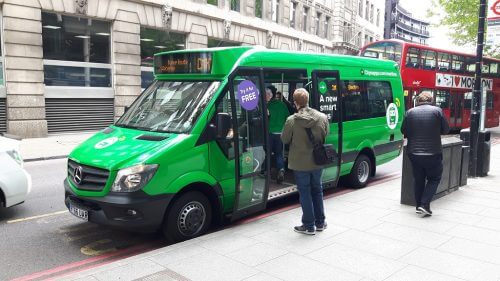
On February 13 the London Assembly Transport Committee released a report on future transport in London. Jade Smith summarises the key points in relation to the bus industry, which focused on topics such as Mobility as a Service and autonomous vehicles
Planning and monitoring
- TfL faces a difficult challenge in attempting to predict and prepare for changes in technology and its application to the transport sector.
Recent developments in the private hire and dockless cycle hire industries suggest TfL has been unprepared for new uses of technology by the private sector. - TfL’s new Transport Innovation directorate is leading work to monitor and plan for technological change. Its findings and recommendations need to be embedded across TfL.
By subscribing you will benefit from:
- Operator & Supplier Profiles
- Face-to-Face Interviews
- Lastest News
- Test Drives and Reviews
- Legal Updates
- Route Focus
- Industry Insider Opinions
- Passenger Perspective
- Vehicle Launches
- and much more!


